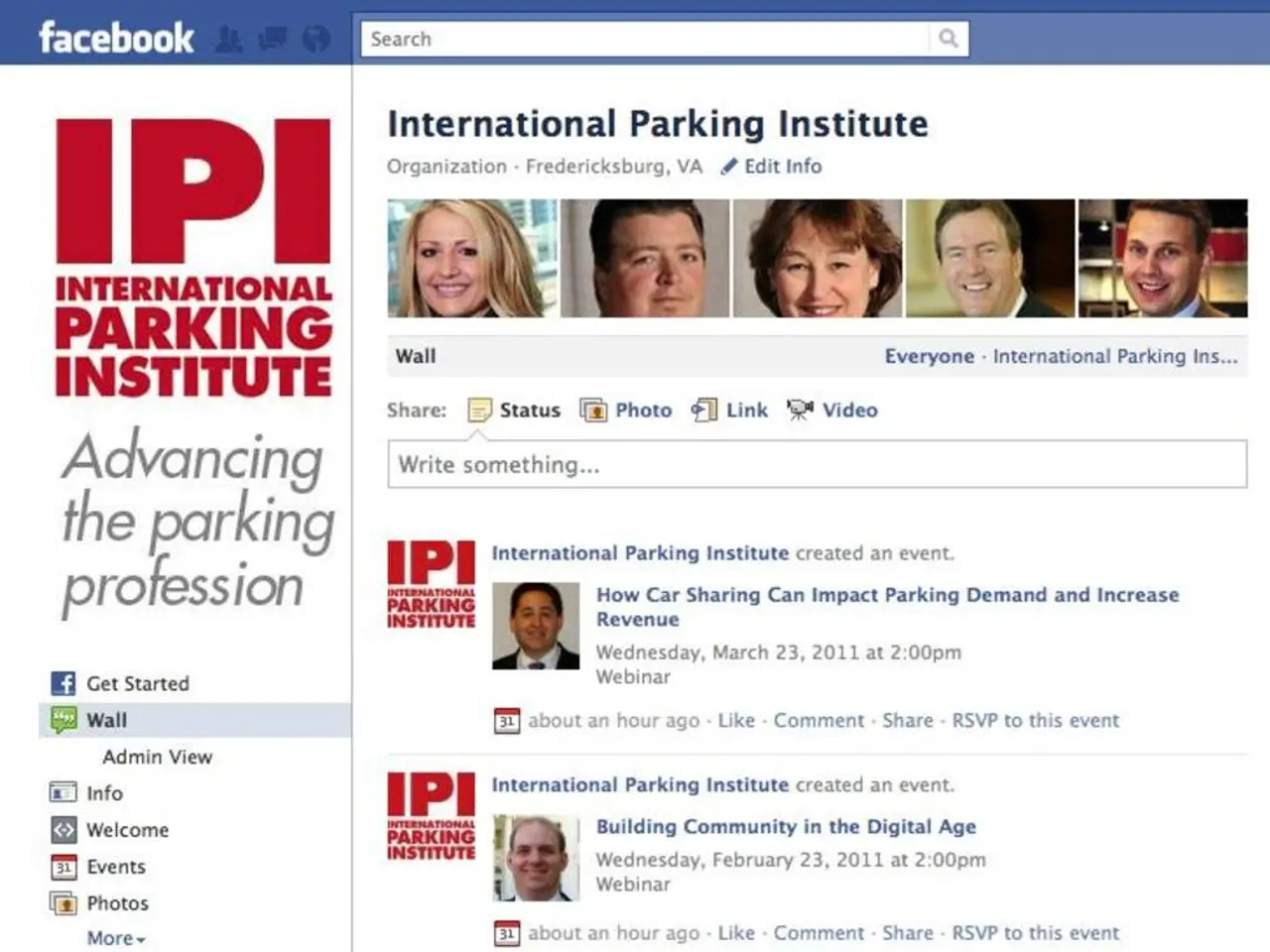Redefining Workforce Development: Closing the Skills Discrepancy - Revisiting Employee Training Investments
In today's competitive job market, the skills gap and associated costs are intensifying as the competition for talent intensifies. Finding talent with key skills is becoming increasingly difficult, and this challenge is compounded by the fact that cost, time, unclear return on investment, and the risk of employee turnover are common reasons for not prioritizing internal training.
However, accounting and related taxation changes could provide a key part of the solution to addressing this skills gap and associated costs. Alternative reporting frameworks are gaining ground with companies and stakeholders, as they help translate intangible human capital into monetary figures that can be reported and analysed alongside traditional financial assets.
These alternative frameworks do not currently sway corporate decisions, but they are a step in the right direction. They assign measurable economic value to intangible assets such as human capital, making these investments "real" in financial terms. This helps organizations recognise and manage the value of workforce skills, training, and development, thereby incentivising more strategic investment in human capital.
Key methods in human resources accounting include the historical cost method, the replacement cost method, the opportunity cost method, and the economic valuation method. These approaches help to quantify the value of human capital and provide a means to report and analyse this value alongside traditional financial assets.
Models like Social Return on Investment (SROI) go beyond traditional accounting to quantify social and economic outcomes—including gains in worker earnings, job placement, and community well-being—into monetary terms. SROI thus creates a broader picture of value generated by workforce development programs, relevant for impact investing and policy decisions.
Proposed changes in accounting standards emphasize mandatory human capital reporting and valuation frameworks to better capture and reflect intangible asset value within financial statements. This would improve transparency and relevance for investors and other stakeholders. Additionally, policy proposals include introducing tax incentives aimed at encouraging firms to invest more in employee training, skills development, and career progression.
The Employability Account is recommended as the model with the greatest potential benefit. It assigns measurable economic value to intangible assets such as human capital, making these investments "real" in financial terms. This helps organisations recognise and manage the value of workforce skills, training, and development, thereby incentivising more strategic investment in human capital.
Changing official accounting standards, including rethinking related tax incentives, is a laborious affair. However, the change to official accounting standards is best driven by political and business action. By adopting these alternative accounting and investment models, businesses can prioritise and justify internal training initiatives, thereby addressing the skills gap and associated costs.
In summary, alternative accounting methods quantify intangible human capital investments to bridge the skills gap by making workforce value explicit; key proposals in accounting standards seek standardised human capital disclosure; and tax incentives are being designed to reward skills development and sustainable employment practices, reinforcing the economic and social benefits of investing in people.
- In light of the intense competition for talent in today's job market, businesses can prioritize and justify internal training initiatives by adopting alternative accounting methods that quantify intangible human capital investments.
- As education and self-development are Keys to bridge the skills gap, businesses could invest strategically by recognizing and managing the value of workforce skills, training, and development, using these alternative accounting and investment models.




